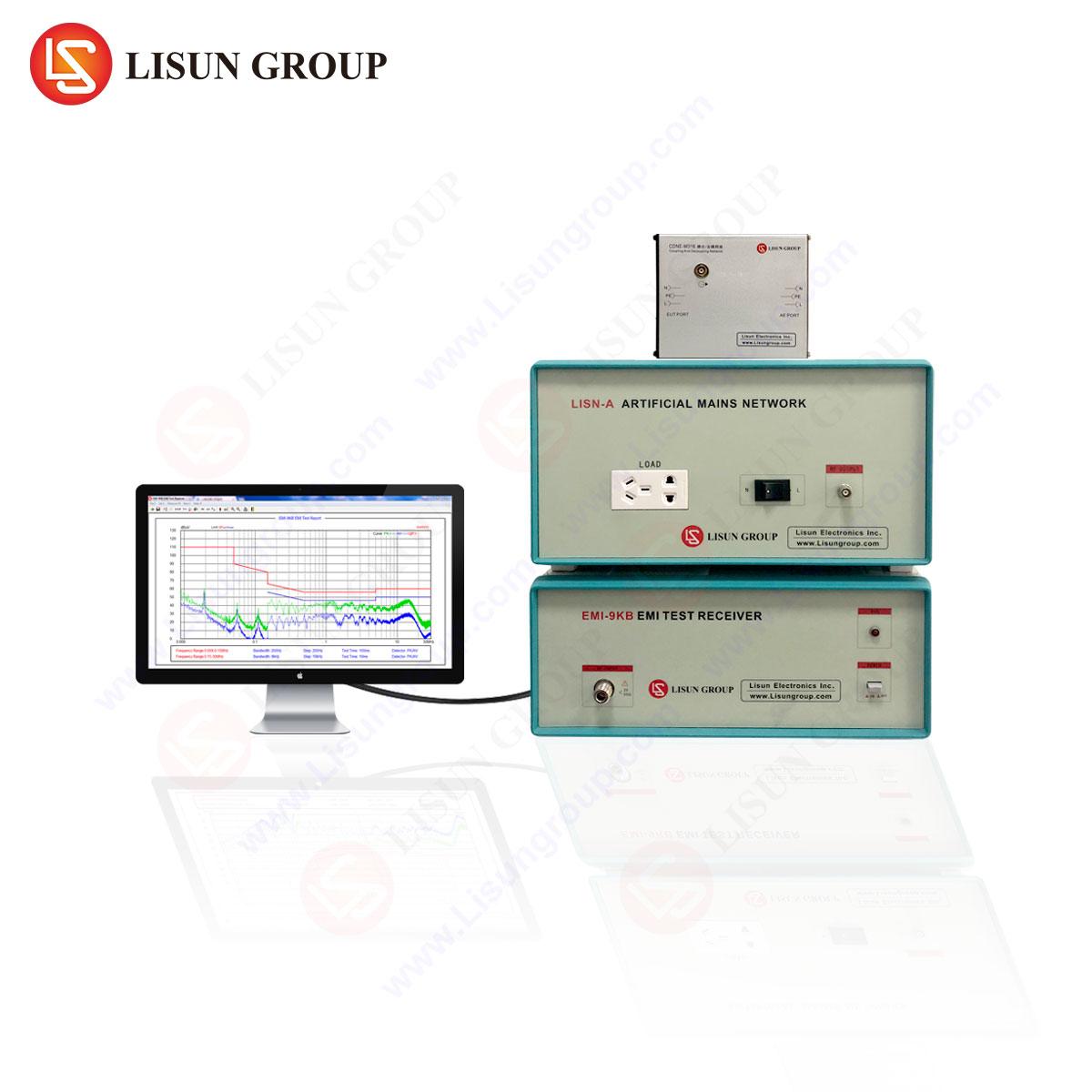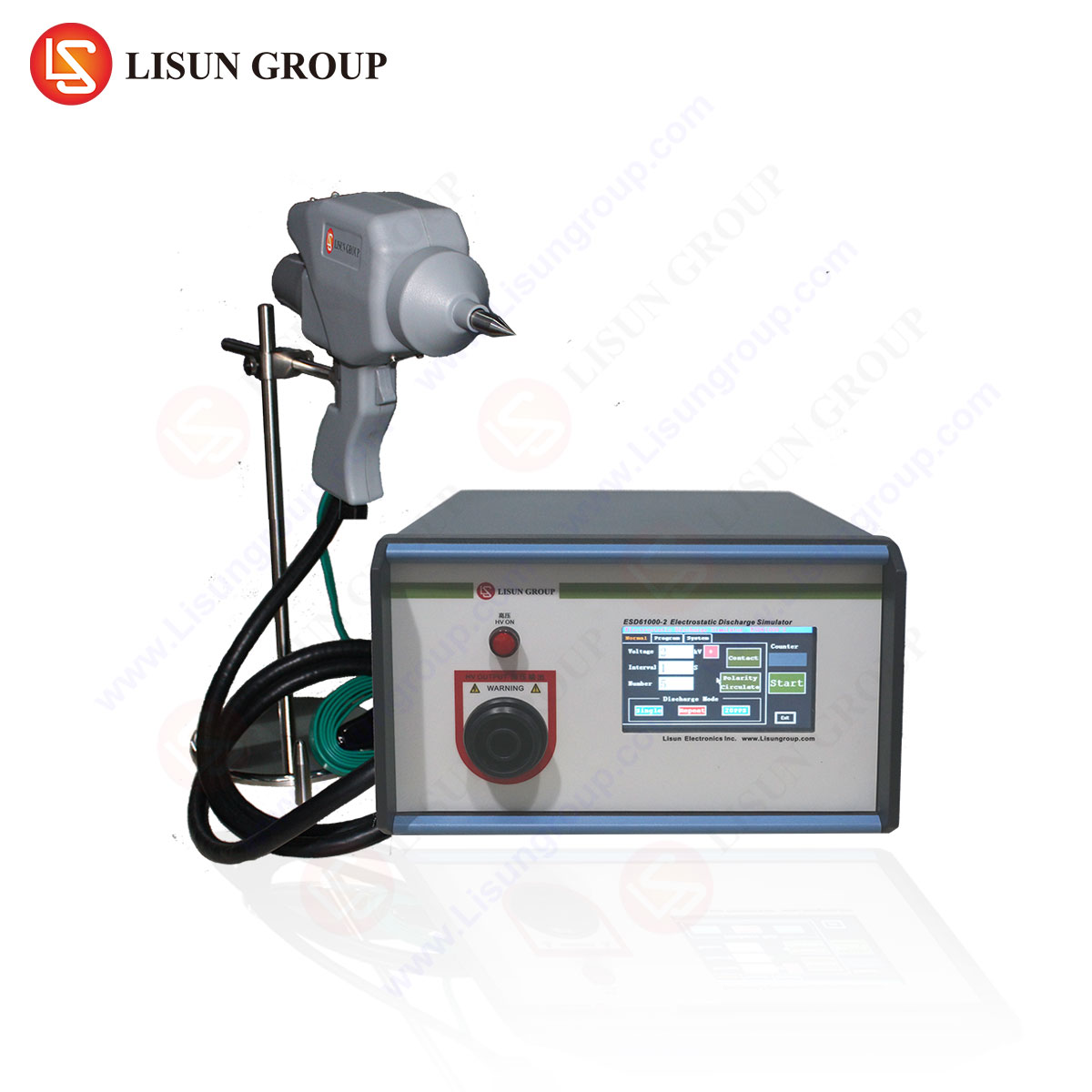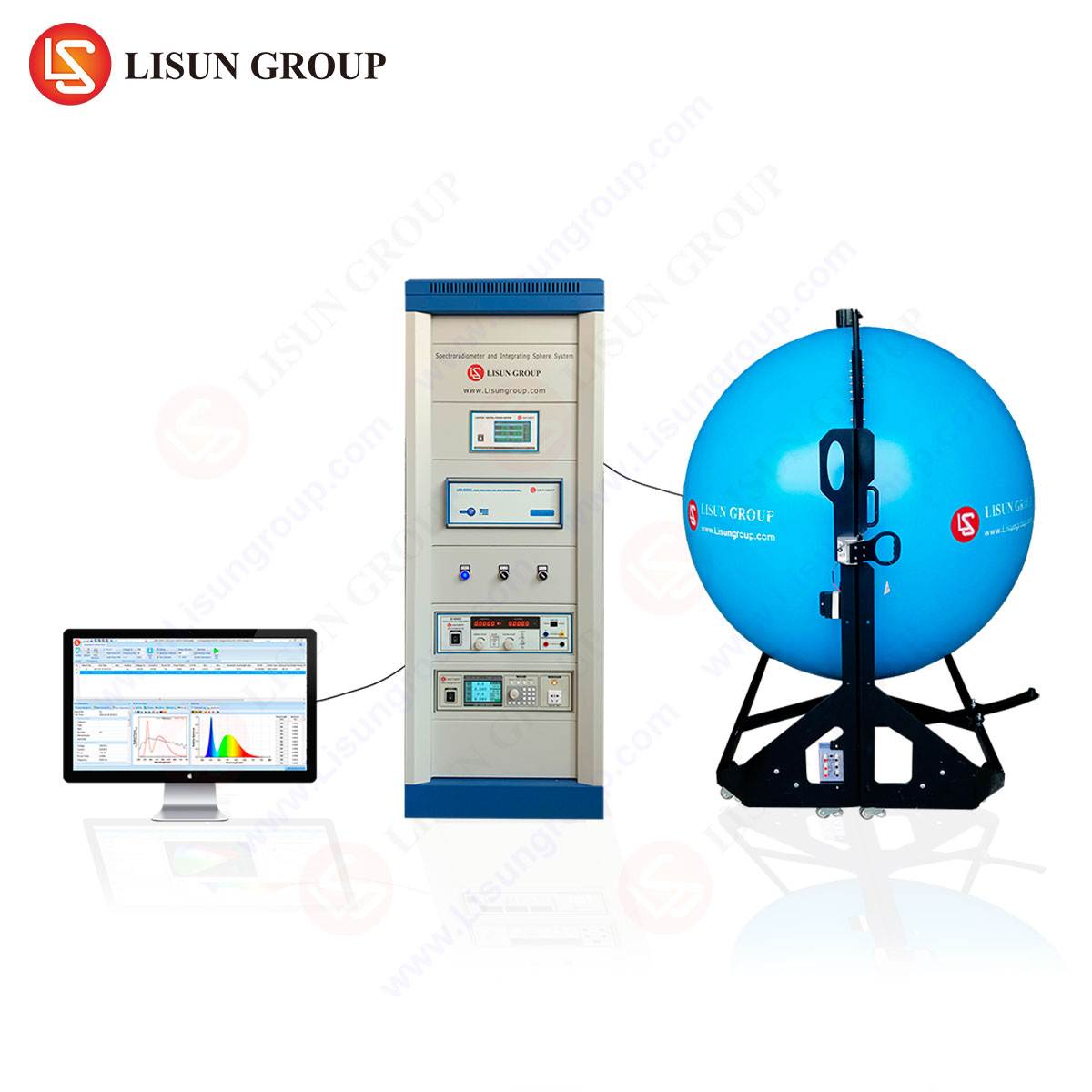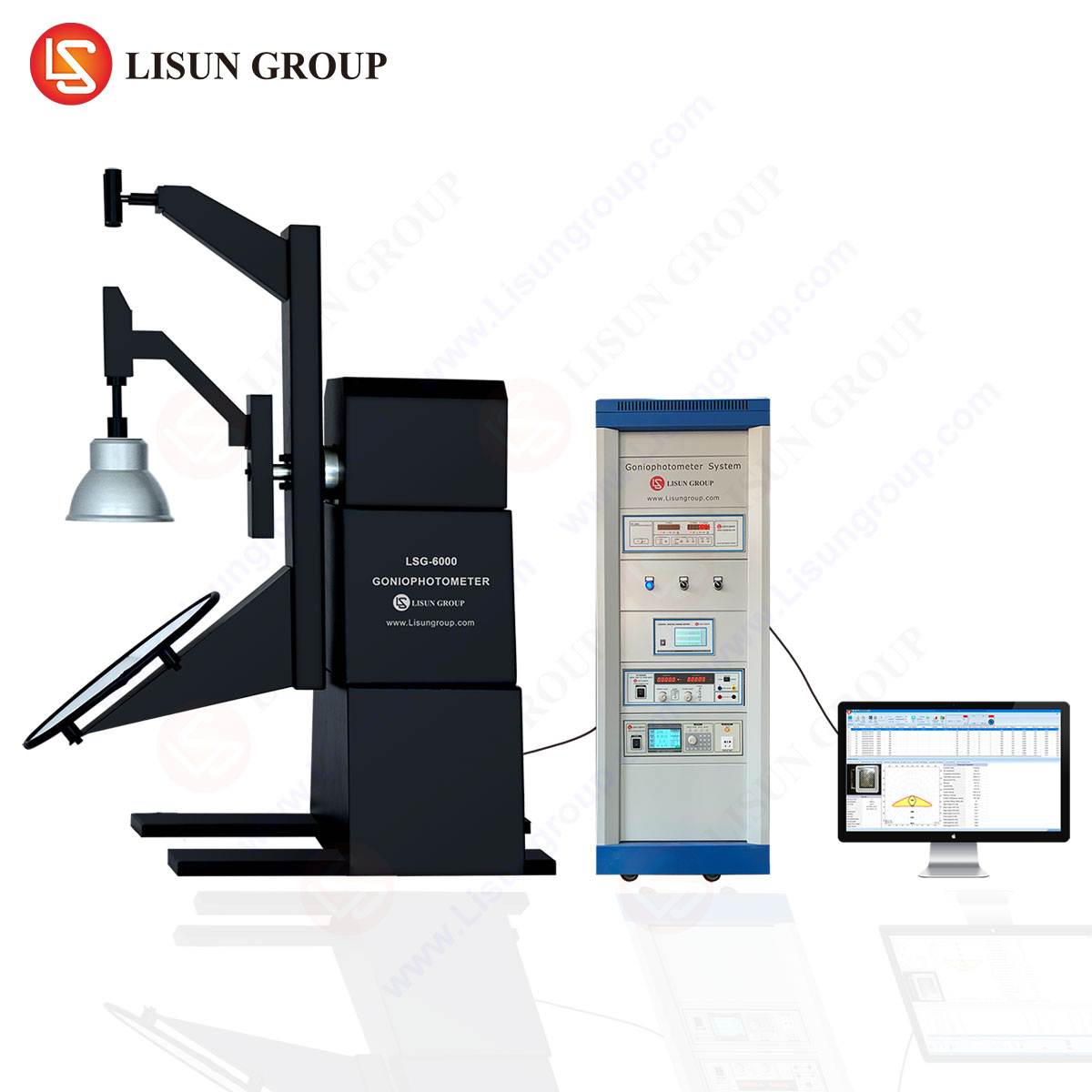Integrating spheres are critical instruments in photometric and radiometric testing, designed to measure the total luminous flux, colorimetric properties, and spectral power distribution of light sources. The principle relies on multiple internal reflections, ensuring uniform spatial distribution of light, which enables highly accurate measurements independent of the source’s angular characteristics.
The sphere’s interior is coated with a highly reflective, diffuse material (e.g., barium sulfate or PTFE), minimizing absorption losses and maximizing light diffusion. A detector, typically a spectroradiometer or photometer, captures the integrated light, allowing for precise quantification of parameters such as luminous flux (in lumens), chromaticity coordinates (CIE 1931/1976), and correlated color temperature (CCT).
The LISUN LPCE-3 is a high-precision spectroradiometer integrating sphere system designed for comprehensive photometric and colorimetric evaluations. Its specifications include:
The LPCE-3 employs a dual-beam correction mechanism to eliminate stray light and detector drift, ensuring repeatability within ±1% for luminous flux and ±0.001 for chromaticity coordinates.
In LED and OLED production, precise luminous flux measurement is critical for quality control and compliance with industry standards. The LPCE-3 system ensures batch-to-batch consistency by evaluating total radiant flux and spectral power distribution (SPD).
For example, high-power LED modules require validation against IES LM-80 (lumen maintenance) and LM-79 (electrical and photometric testing). The integrating sphere’s uniform diffusion eliminates directional bias, enabling accurate comparisons between LED arrays and discrete emitters.
Automotive lighting systems, including headlamps, taillights, and interior LEDs, must adhere to stringent regulatory standards such as ECE R37, R128, and SAE J575. The LPCE-3 system verifies:
By integrating the sphere with a temperature-controlled chamber, manufacturers can simulate real-world operating conditions, ensuring compliance with ISO 9001 and IATF 16949 automotive quality benchmarks.
Aircraft navigation lights, cockpit displays, and emergency lighting must function reliably under extreme conditions. The LPCE-3’s spectroradiometric capabilities assess:
For display manufacturers, color uniformity and luminance accuracy are paramount. The LPCE-3 measures:
This ensures compliance with VESA DisplayHDR and IEC 62341 (OLED lifespan testing) standards.
Solar cell testing requires precise spectral matching to AM1.5G standards. The LPCE-3 calibrates solar simulators by:
Research laboratories utilize integrating spheres for:
The LPCE-3’s high dynamic range (0.001–200,000 lux) accommodates both low-light bioluminescence studies and high-intensity laser characterization.
Municipal lighting projects require adherence to CIE 115 (roadway lighting) and WELL Building Standard (human-centric lighting). The LPCE-3 evaluates:
Compared to traditional goniophotometers, the LPCE-3 offers:
Q1: What is the typical measurement uncertainty for luminous flux in the LPCE-3?
A: The system achieves ±1% uncertainty for luminous flux and ±0.001 for chromaticity coordinates under controlled lab conditions.
Q2: Can the LPCE-3 measure UV and IR emissions?
A: The standard system covers 380–780nm, but extended-range configurations (300–1000nm) are available for UV/IR applications.
Q3: How does the LPCE-3 comply with IES LM-79?
A: It meets LM-79 requirements for total flux, electrical input, and spectral data, with NIST-traceable calibration.
Q4: Is the LPCE-3 suitable for pulsed light sources (e.g., strobes)?
A: Yes, its high-speed CCD detector supports pulsed measurements with adjustable integration times.
Q5: What maintenance is required for the BaSO₄ coating?
A: Periodic recalibration and gentle cleaning with compressed air are recommended to maintain reflectance properties.







